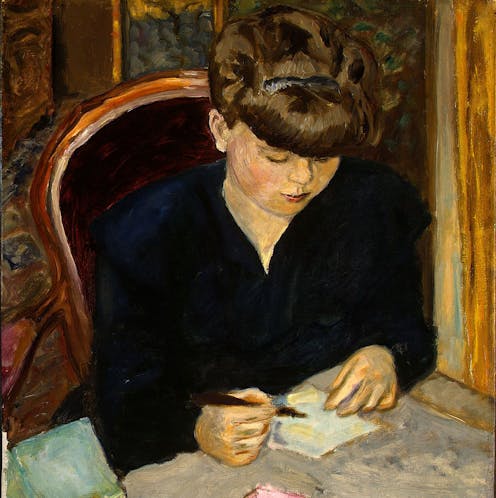Security or self-sabotage? Exiled from their families, Shirley Hazzard and Elizabeth Harrower followed two very different writing paths
- Written by Linda Daley, Senior Lecturer in Literary Studies, RMIT University

The publication of the letters between Australian writers Shirley Hazzard (1931-2016) and Elizabeth Harrower (1928-2020), edited by literary scholar Brigitta Olubas and journalist Susan Wyndham, provides a picture of mid-century life from the perspectives of two exemplary and, for too long in this country, underappreciated novelists.
Review: Hazzard and Harrower: The Letters – edited by Brigitta Olubas and Susan Wyndham (NewSouth)





